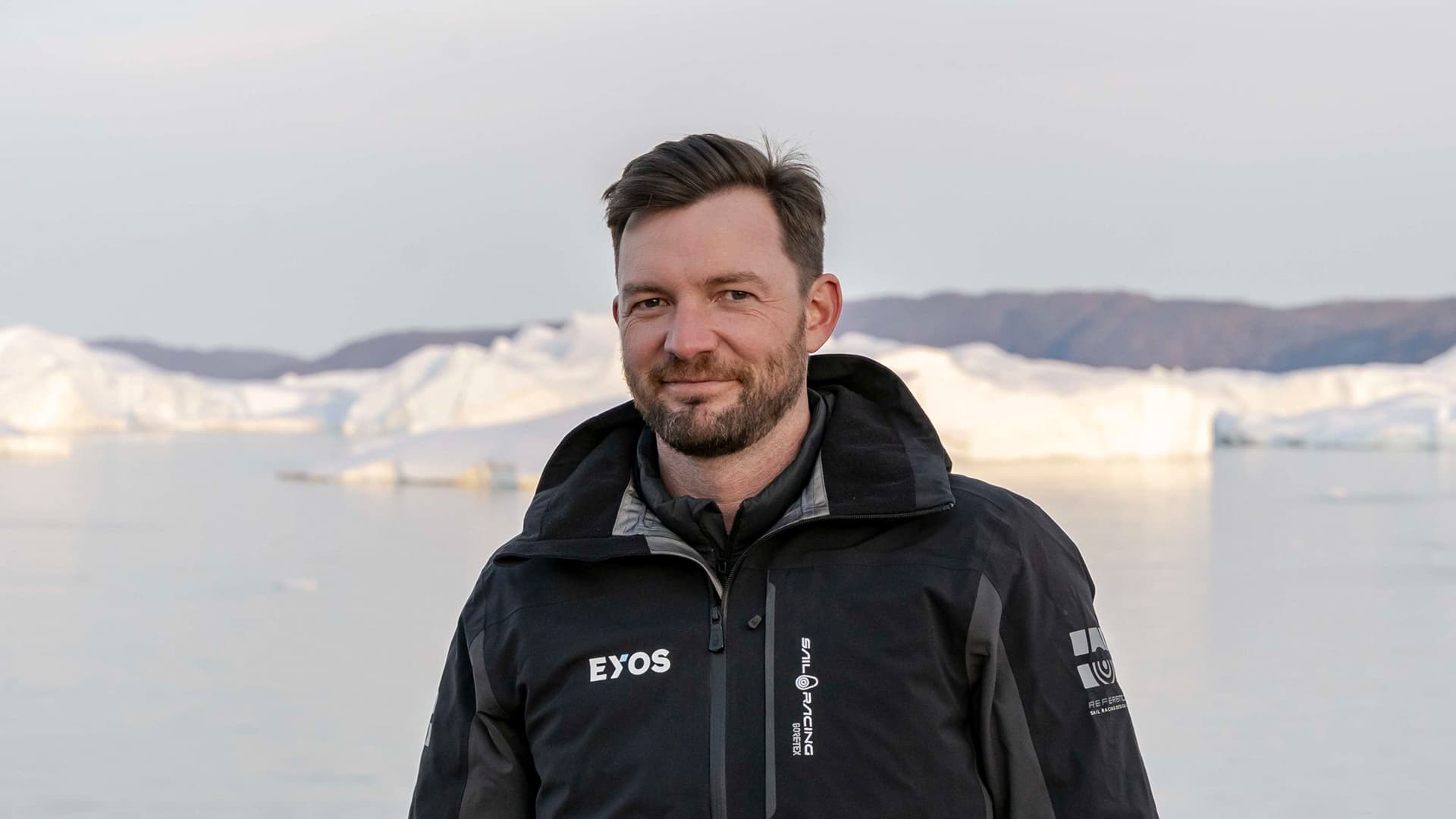Ian Strachan brings an unparalleled depth of experience to the EYOS team, having served in nearly every role onboard expedition ships, from divemaster to bosun and even a (brief) stint in the galley.
Now, he works behind the scenes and in the field to lead and design voyages to some of the world’s most remote destinations. Join us for this month’s Staff Spotlight for a conversation with Ian about his impressive background and how this diversity of experience shapes the trips he leads today.
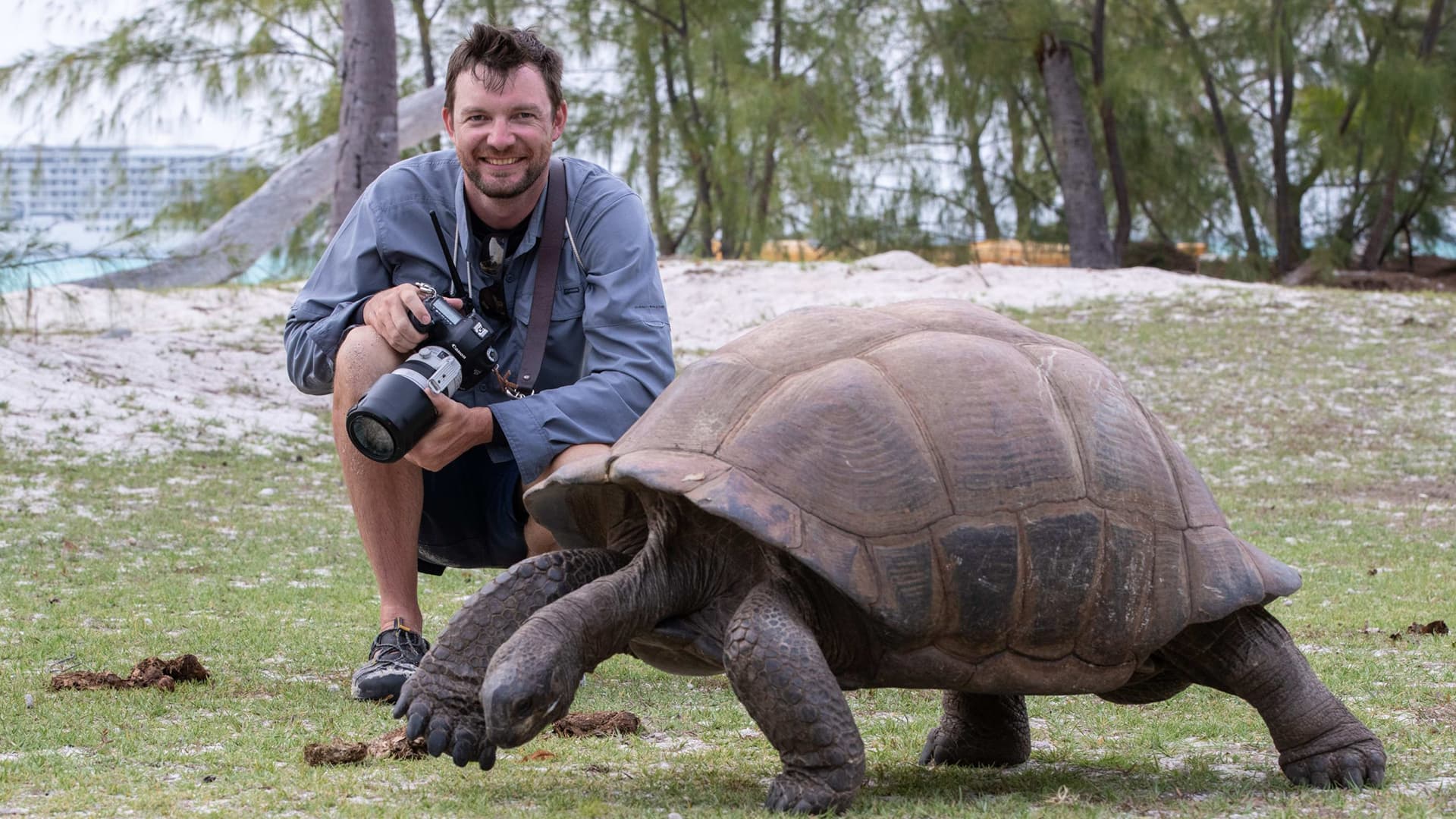
You’ve worn nearly every hat there is to wear onboard expedition ships. How did your career in the expedition travel industry start? How have your many roles influenced your current position as expedition leader and expedition developer?
As I was nearing my college graduation I made a list, as I am wont to do, in an attempt to choose a path beyond academia. I wanted to do something that was outside, where I wouldn’t be working for free, ideally not having to worry about room and board, doing something that would involve learning skills and meeting new people. Working as a deckhand on an expedition ship really ticked all those boxes. After a drug test, fingerprinting, and an unnecessarily thorough medical physical, I was swabbing away aboard US flagged National Geographic Sea Bird on the Columbia and Snake Rivers. It was just supposed to be for six months until I found the next best thing. One promotion led to another, I got my Captain’s license, learned a few knots, (was politely thanked for my time and asked to leave the galley the one morning I stepped in to help cook when they were short-staffed), and eventually switched over to the staff side instead of being crew. I was able to do this predominantly because I was the only certified cold water diver available onboard to be the dive buddy for the Undersea Specialist. Now 14 years later, I’m pretty convinced working this is the best job on the planet. Of course, maybe that’s just because every day you aren’t a lowly deckhand life looks a little brighter. Several years in a row I was at sea for more than nine months out of twelve, absorbing as much of the endless knowledge of my vastly more experienced colleagues, I sincerely relish having the ability to jump onto a ship and be an expedition leader or divemaster, zodiac driver, photo instructor, kayak guide, all while getting to be a natural history interpreter for whatever region that might be. My experience in this array of roles is the foundation that I draw upon for every expedition I am on or develop. And the knots still come in handy all the time.
You’ve covered nearly the entire globe so I won’t ask you to name a favorite place. But is there any one region or destination that calls you back and excites you more than others? What sets it apart from all of the other incredible destinations you’ve led expeditions to?
Southeast Alaska in the summer is an experience that resonated with me to my core the first time I worked there and still fills me with a delightfully overwhelming sense of otherworldly awe. The thriving marine wildlife, the squishy temperate forests, spectacular cold water diving, and perhaps most of all, the towering tidewater glaciers with blues that will sear themselves into your memory.
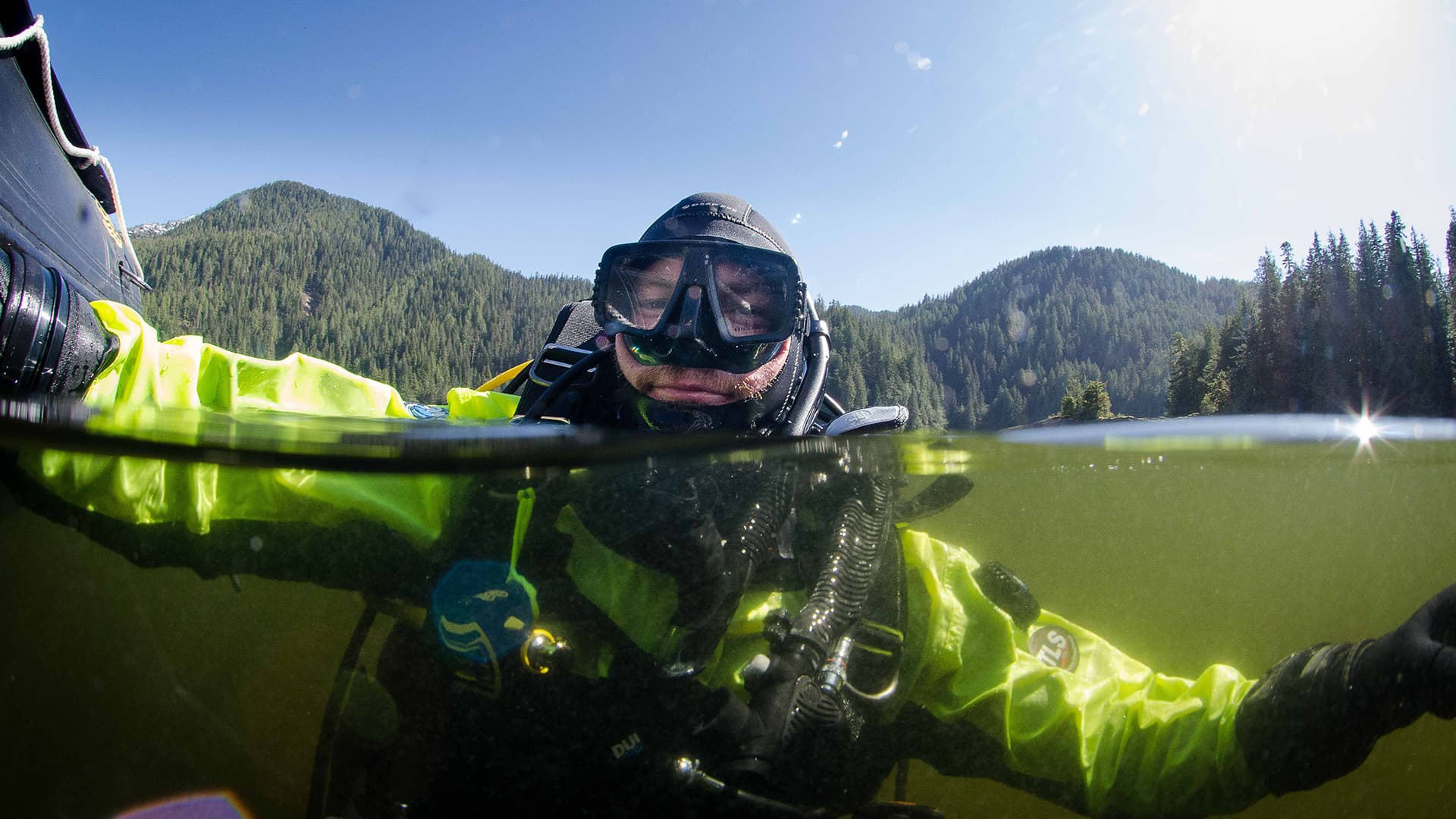
What is the most surprising thing you’ve encountered on an expedition?
I once came back to the landing after a hike and found a juvenile brown bear taking a nap on top of all of the life jackets we had tidily stashed above the high tide line.
What is something you think most people don’t consider regarding expedition travel to faraway places?
I am a big advocate of taking time to deliberately do nothing. This might sound a bit silly at first but the most immersive experience you can have in these remote locations is to take a few minutes of pure quiet. Take a break from the fascinating but incessant bird facts and witty conversation from your guide to sit down on the tundra or stop paddling amongst the ice, and just soak in the expansive tranquility of where you are. I promise you it’s worth it.
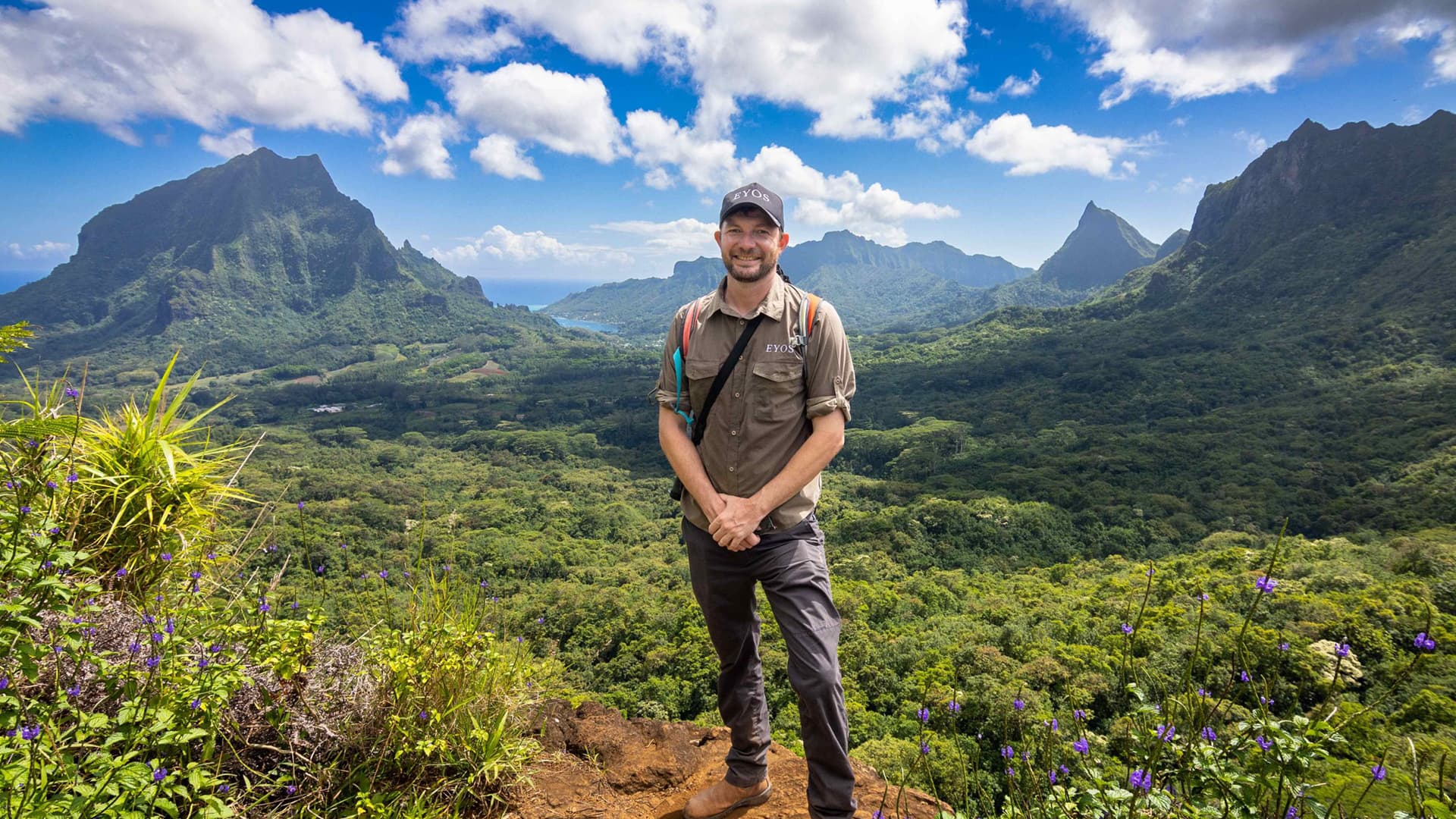
What is the best part about the EYOS experience for our guests?
That the EYOS experience is really tailored to each group and more specifically to their specific interests. Being able to curate an expedition ahead of time, or even in the field, is a real privilege and isn’t something that a more commercial operation is able to provide. Being able to just stay at a location after an amazing day and just do it again can often be arranged.
What initially drew you to EYOS?
A brief lapse of imposter syndrome.
What drives you to continue to travel to remote places?
I am under no illusions that we are drawing the lines on the map of human exploration, but there is a sense that you are helping with the shading and that still feels very special. It’s a consistent privilege to be able to be at the edges of that map in so many directions.
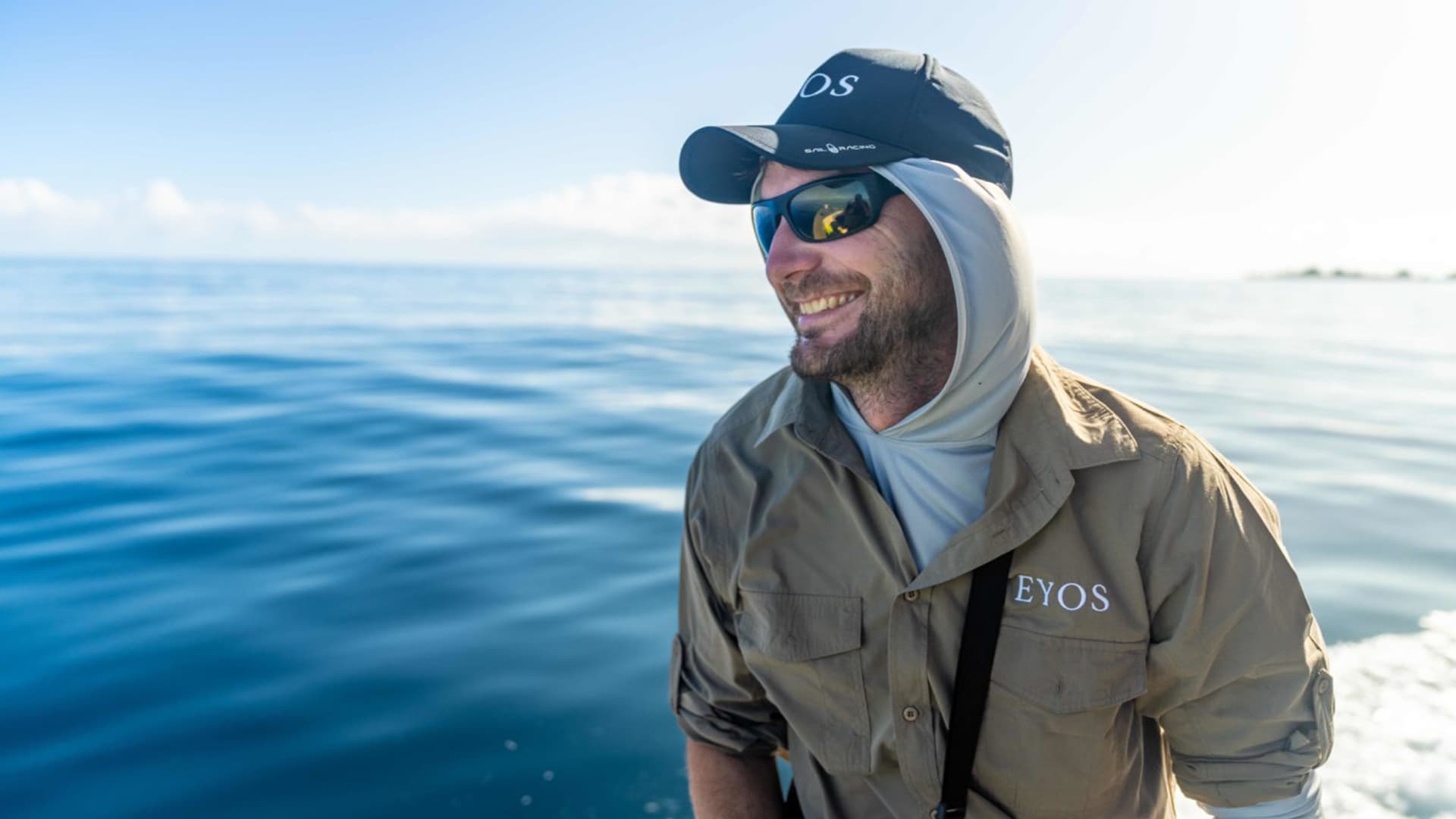
What do you consider to be the most important tenet of expedition travel?
If Plan B starts to look better than Plan A, swap the letters around. Embracing the spontaneity of the expedition is what it’s all about. Skip lunch to watch whales, kayak when it’s glassy calm in the morning, and stay up past your bedtime to watch the northern lights. The epic moments are constantly happening, you just need to be there for them.
How does your work at EYOS support your passion for preserving the wild corners of the globe?
I truly believe the more that people see of our planet, the more they’ll care about preserving it.
How has the concept of expedition travel evolved over the years, and what trends do you see shaping the industry in the future?
I think expedition travel used to be “Can we make this happen?” and has turned into “How do we make this happen?”. What is now logistically possible due to the advances in technology is constantly exceeding the limitations of the past. Looking ahead, the next question for the industry and a rapidly changing planet is, “How should we make this happen?”
